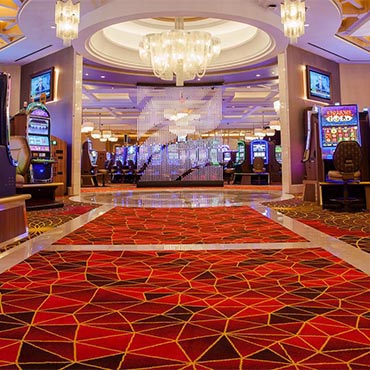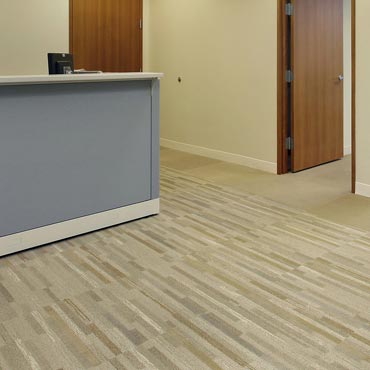Custom Carpet

Navigating the World of Commercial Custom Carpets: A Guide for Architects, Interior Designers, and Floor Covering Buyers
In the dynamic sphere of commercial interior design, the selection of floor covering plays a pivotal role in defining the aesthetic and functional character of a space. Among various options, commercial custom carpets stand out for their versatility, design potential, and ability to transform any commercial environment. Architects, interior designers, and buyers of commercial floor covering are increasingly turning towards custom carpets to meet specific aesthetic, performance, and budgetary requirements of their projects. This comprehensive article aims to elucidate the multifaceted world of commercial custom carpets, offering valuable insights for these professionals.
Understanding Commercial Custom Carpets
Commercial custom carpets are bespoke floor coverings, tailored to fit the unique needs and design vision of a commercial space. Unlike off-the-shelf carpets, these are customized in terms of size, color, pattern, texture, and material, making them a popular choice for businesses that wish to project a unique brand image or create a specific ambiance.
Design Flexibility and Aesthetic Appeal
For architects and interior designers, the allure of custom carpets lies in their immense design flexibility. These carpets can be crafted to fit any design narrative, whether it’s a corporate office requiring a sophisticated, understated look or a boutique hotel aiming for a vibrant, distinctive style. The ability to match carpet designs with wall colors,
furniture, and other interior elements allows for a cohesive and harmonious interior environment.
Material and Construction
The choice of material in custom carpets is crucial for determining their longevity and suitability. Nylon, polypropylene, and wool are popular choices, each offering different benefits in terms of durability, feel, and appearance. The construction of the carpet - whether tufted, woven, or needle-punched - also impacts its texture, resilience, and maintenance needs. This selection is integral for ensuring that the carpet not only looks good but also withstands the rigors of high-traffic commercial environments.
Sustainability and Health Considerations
In today's environmentally conscious world, sustainable and health-friendly carpet options are increasingly in demand. Architects and designers are opting for carpets made from recycled or eco-friendly materials, and with low VOC (Volatile Organic Compounds) emissions. These choices not only contribute to a healthier indoor environment but also align with broader sustainability goals.
Acoustic and Comfort Benefits
The functional benefits of custom carpets in commercial settings extend beyond aesthetics. They significantly improve acoustics by reducing noise levels, an essential aspect in busy commercial environments like offices or hotels. Additionally, they offer comfort underfoot, making them a preferred choice in spaces where people spend long hours.
Maintenance and Durability
For buyers, the long-term maintenance and durability of custom carpets are vital considerations. A well-chosen carpet should be easy to clean, resistant to stains, and durable enough to retain its appearance over time. The selection process should involve a thorough evaluation of the carpet’s performance in similar commercial settings.
Cost and Value
While custom carpets can be more costly upfront compared to standard options, they offer significant value in the long term. They are specifically designed to meet the exact needs of a space, often resulting in better durability, easier maintenance, and a timeless design that does not require frequent replacement.
Collaborative Process
The creation of a commercial custom carpet is a collaborative process involving manufacturers, designers, architects, and clients. This collaboration ensures that the final product precisely meets the design vision and functional requirements of the space.
Conclusion
Commercial custom carpets offer a world of possibilities for those involved in creating and maintaining commercial spaces. By understanding the various aspects - from design flexibility, material choices, and sustainability to acoustic benefits, maintenance, and cost - architects, interior designers, and commercial floor covering buyers can make informed decisions. These carpets not only enhance the aesthetic appeal of a space but also contribute to its functionality and user experience, making them a strategic choice in commercial interior design.
Disclaimer: The information provided in this article is for general informational purposes only. While we strive to ensure the accuracy and reliability of the information presented, we make no warranties, express or implied, about the completeness, accuracy, reliability, suitability, or availability with respect to the content. Any reliance you place on such information is strictly at your own risk. We recommend consulting with professionals for specific advice tailored to your project’s needs, particularly regarding building codes, regulations, and product specifications.
Under no circumstances shall we be liable for any loss or damage, including without limitation, indirect or consequential loss or damage, arising from the use of, or reliance on, the information provided in this article.





